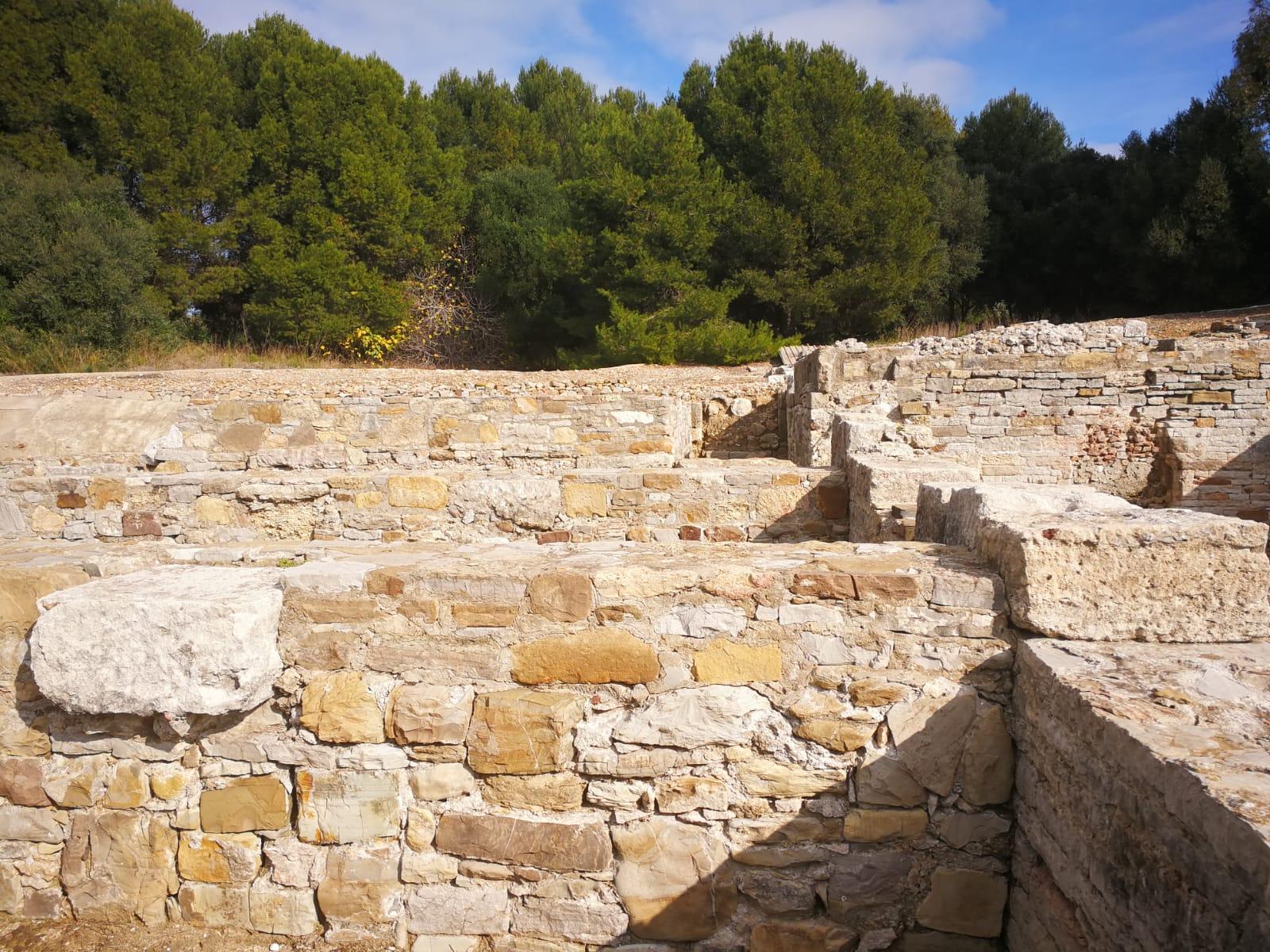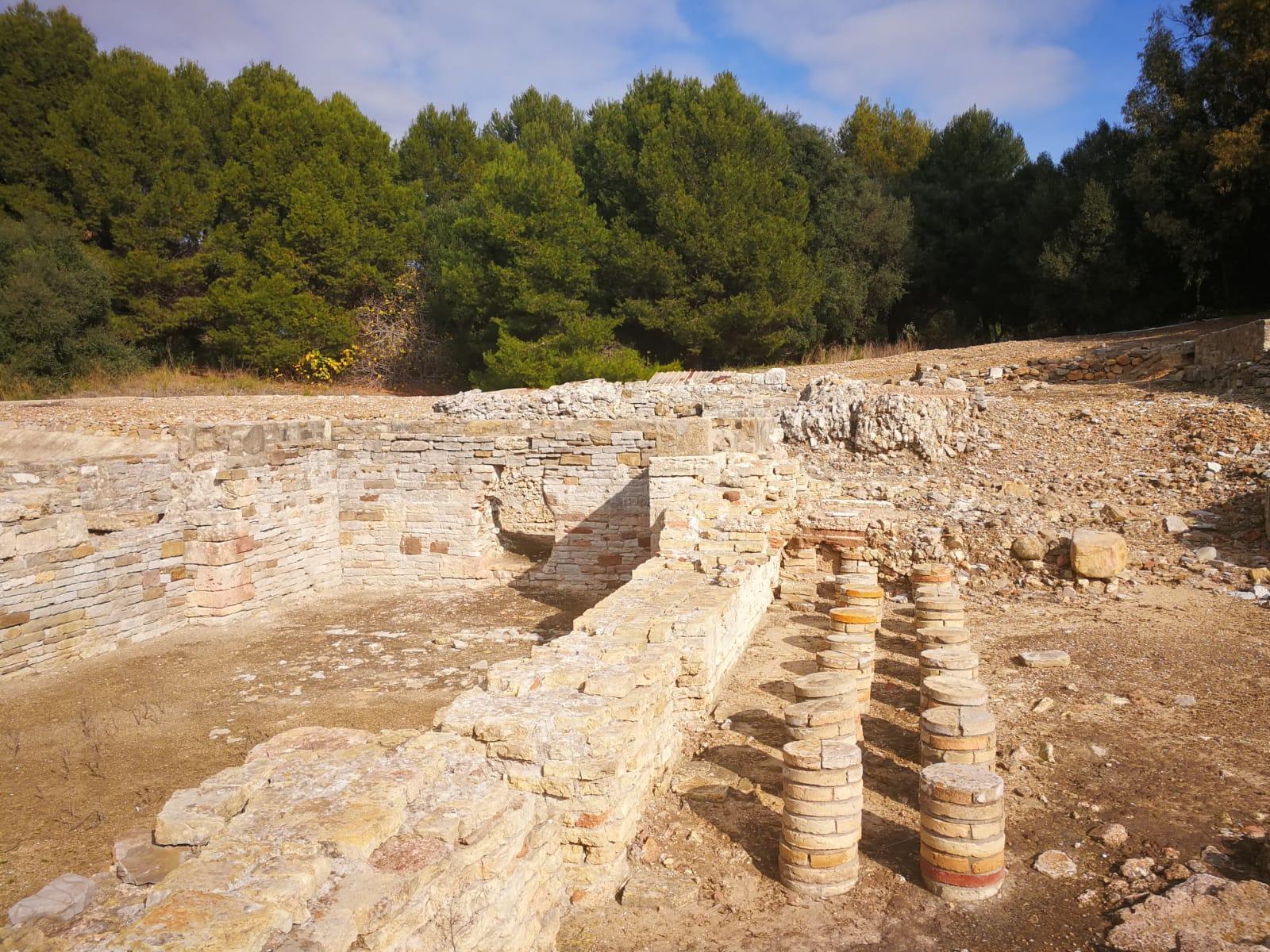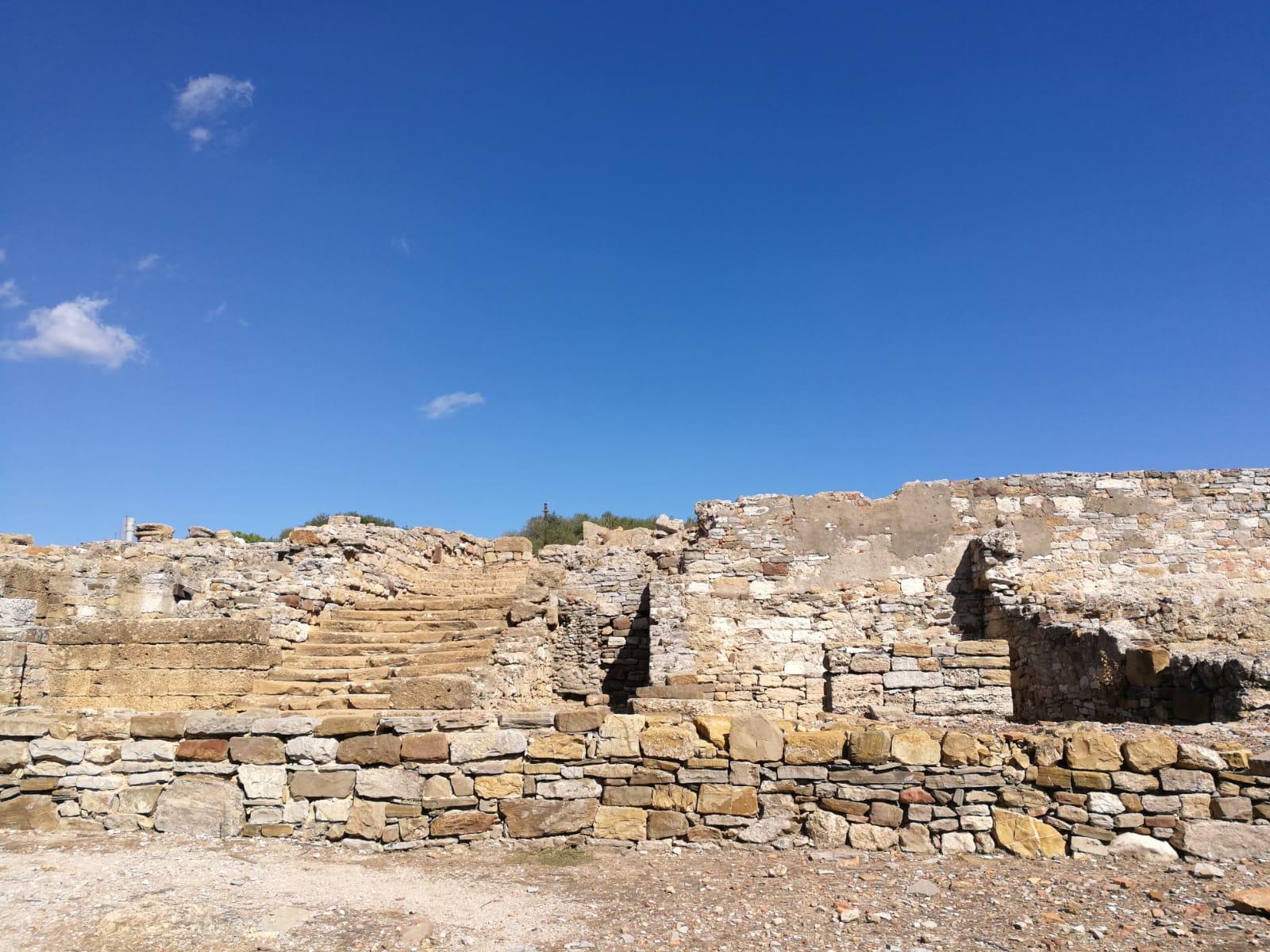Discover San Roque
History
The town of San Roque is closely linked to Gibraltar. The Most Noble and Most Loyal Town of San Roque, where the town of Gibraltar resides, was officially founded in 1706. However, this typical white Andalusian village was established by the Spanish inhabitants of Gibraltar on 4 August 1704.
The foundation was an unprecedented historical milestone: a powerful Anglo-Dutch fleet, commanded by Admiral Rooke, seized Gibraltar Square and raised the Anglo-Saxon flag during the War of the Succession. Five thousand proud Spanish Gibraltarians refused the British offer to remain in the city, leaving en bloc and settling on this hill, where the ancient Hermitage of San Roque, dating from 1508, was located a short distance from the usurped city.
The inhabitants of the Rock brought with them as many of their belongings and precious relics as they could. Examples of Gibraltar’s legacy are evidenced by the Gibraltar Banner (1502), said to have been embroidered by Juana la Loca, or the Cédula Real (1502), granted by the Catholic Monarchs granting titles, authorities and coat of arms to Gibraltar. In addition, the Church of Santa María la Coronada houses numerous images from the 14th to the 18th century brought from Gibraltar. The ecclesiastical archives of Gibraltar from 1556 to 1704 are also kept in the church. The Historical Archives contain the municipal archives of the Gibraltar Town Council from 1502 to 1704.
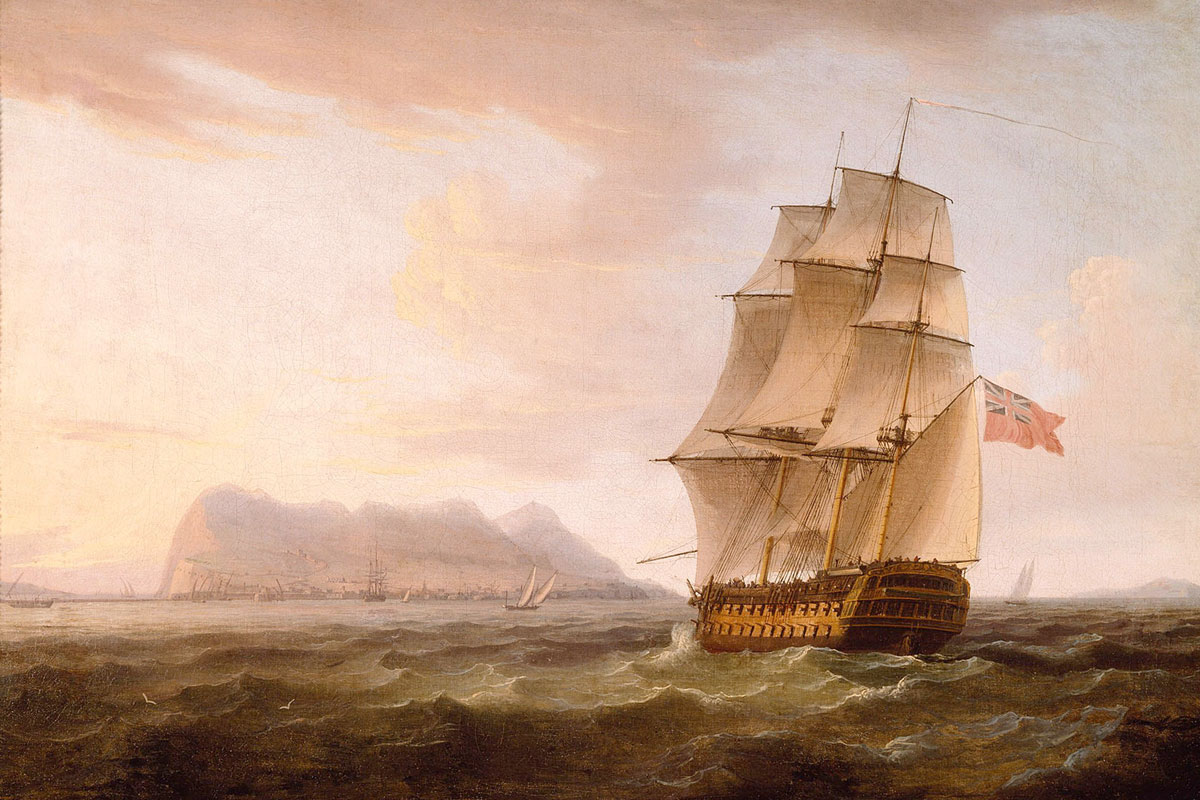
General Information
San Roque is synonymous with sun, beaches, sport, nature, good food, health, wellbeing and glamour. A thousand and one adjectives could define it: welcoming, adventurous, singular, impressive, atypical, fascinating, unrepeatable, unique or idyllic. This municipality, located between two continents, Europe and Africa, right where the Mediterranean Sea and the Atlantic Ocean meet, has become a tailor-made tourist destination, where time stands still and yields to the passage of those who decide to visit it, lending itself only to the enjoyment of its visitors.
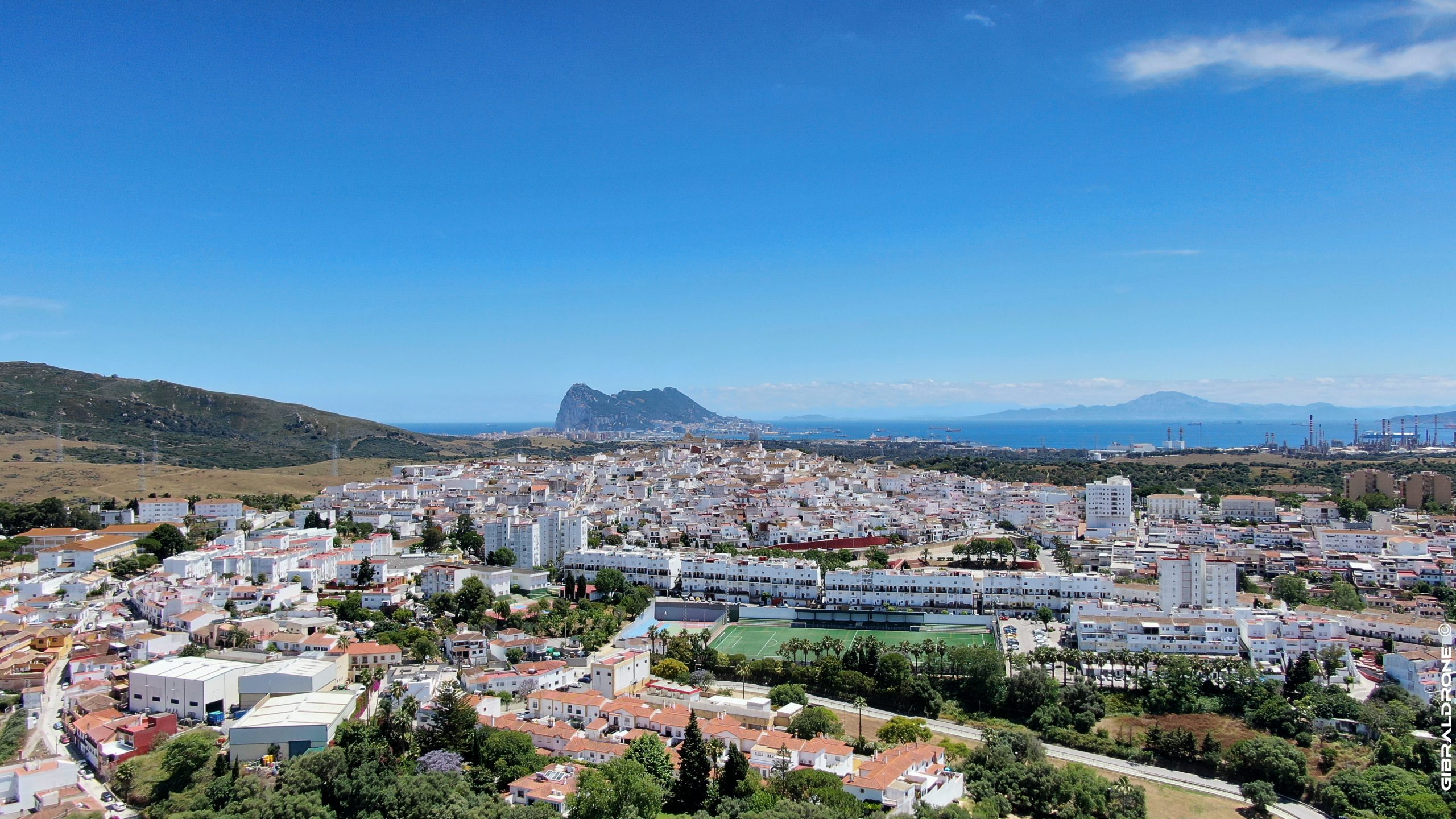
Museums
The cultural offer of San Roque is very rich and varied. Among the different activities on offer to the visitor eager for cultural experiences are our different museums, which range from art to archaeology, from bullfighting to cinema and amateur radio, as well as exhibition halls with different themes. This opens up a wide range of possibilities for visitors who are looking for alternative leisure activities and who want to learn more about the rich history and heritage of the town of San Roque.

Municipal Museum
The Municipal Museum of San Roque has, in reality, two well-differentiated venues, each one more spectacular than the other. On the one hand, we have the archaeological collection dedicated to the Roman city of Carteia, located in a separate building in Calle San Felipe; while on the other hand we can find the extraordinary exhibition of pieces by Luis Ortega Brú, a sculptor and image-maker from San Roque, considered by many experts to be one of the best of the 20th century, which can be seen in the Palacio de los Gobernadores.
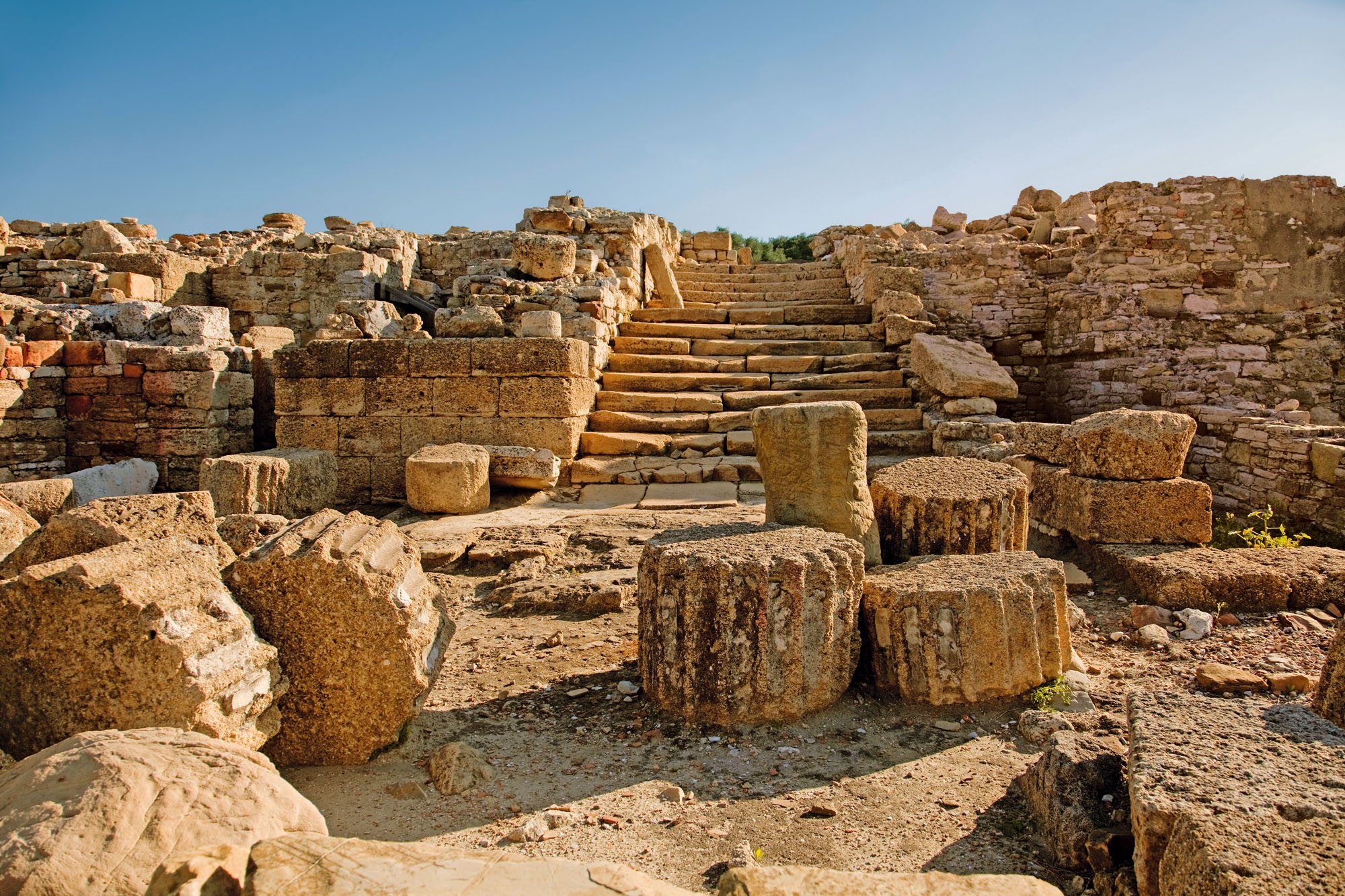
Carteia Musseum
This museum gives us the extraordinary opportunity to learn more about the archaeological site of Carteia, located in the municipality, through the pieces extracted in different excavation campaigns.
You will see different pieces on display, such as table ceramics, decorated cornices, different busts and figurines, coins, skylights or ointments, among many other pieces, which make up a chronological journey from the foundation of the city of Carteia.
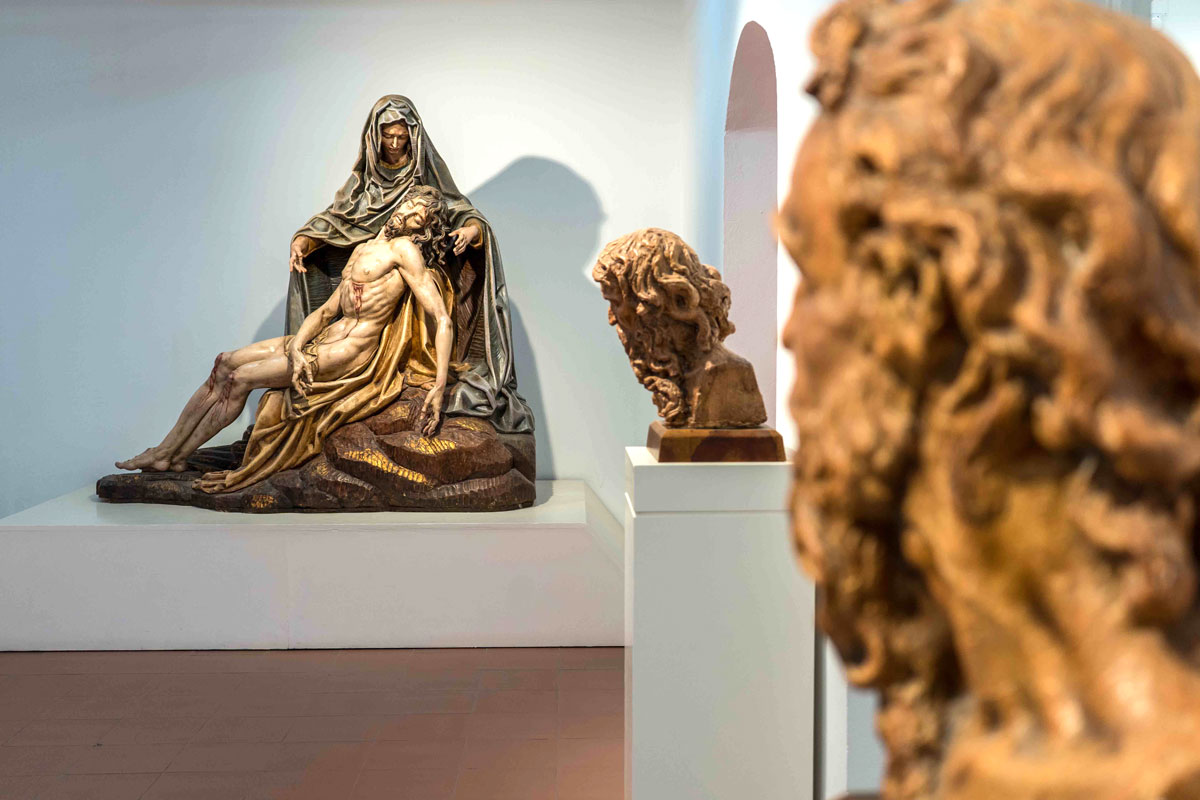
Ortega Brú Museum
The ground floor of the spectacular Palacio de los Gobernadores houses the museum dedicated to Luis Ortega Brú, a sculptor and image maker from San Roque considered in specialised circles to be one of the best of the 20th century.
This museum houses some of his most emblematic pieces, as well as different studies and prototypes of religious figures that can be found scattered throughout Spain and even Latin America.
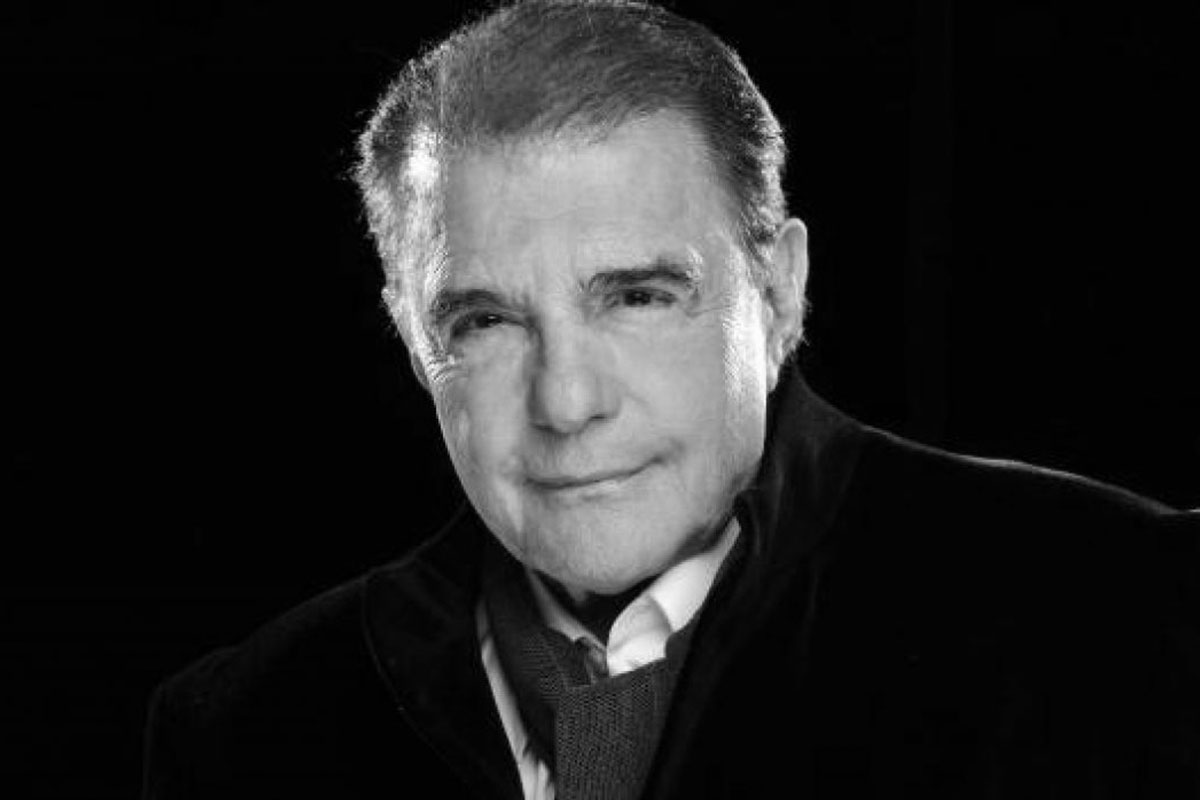
Juan Luis Galiardo
Not many people know that the famous and award-winning actor Juan Luis Galiardo, a true icon of Spanish cinema and theatre, was born in San Roque. The famous actor always carried his town in his heart and the same is true in the hearts of the people of San Roque. Our town hosts a permanent exhibition dedicated to his professional legacy, which can be visited in the theatre that bears his name, in the Alameda, thus honouring his memory.
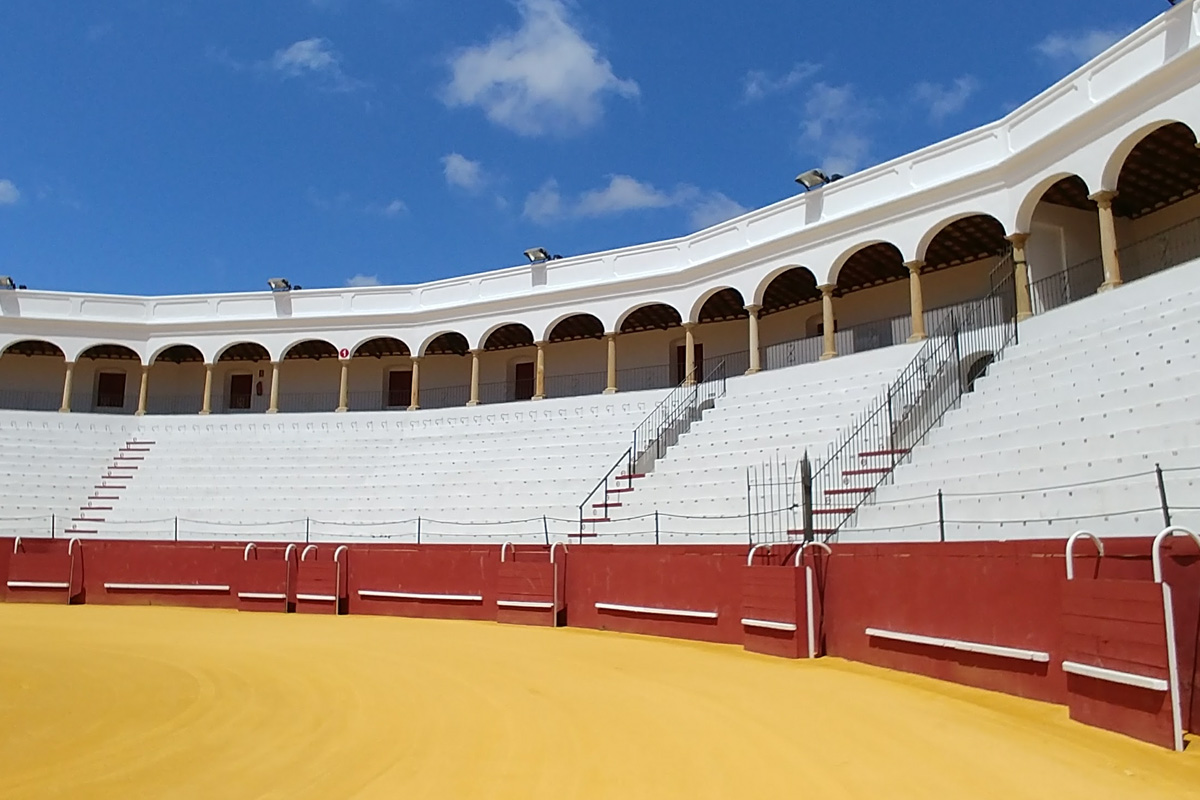
Bullfighting Museum
If the bullring of San Roque is already worth a visit for its history and uniqueness, fans of the world of bullfighting should not miss a visit to our Bullfighting Museum. Located in part of the premises of the bullring itself, this museum is an extraordinary journey through time, as it allows us to learn more about the history of bullfighting not only in the town, but also about how this art has changed throughout history.
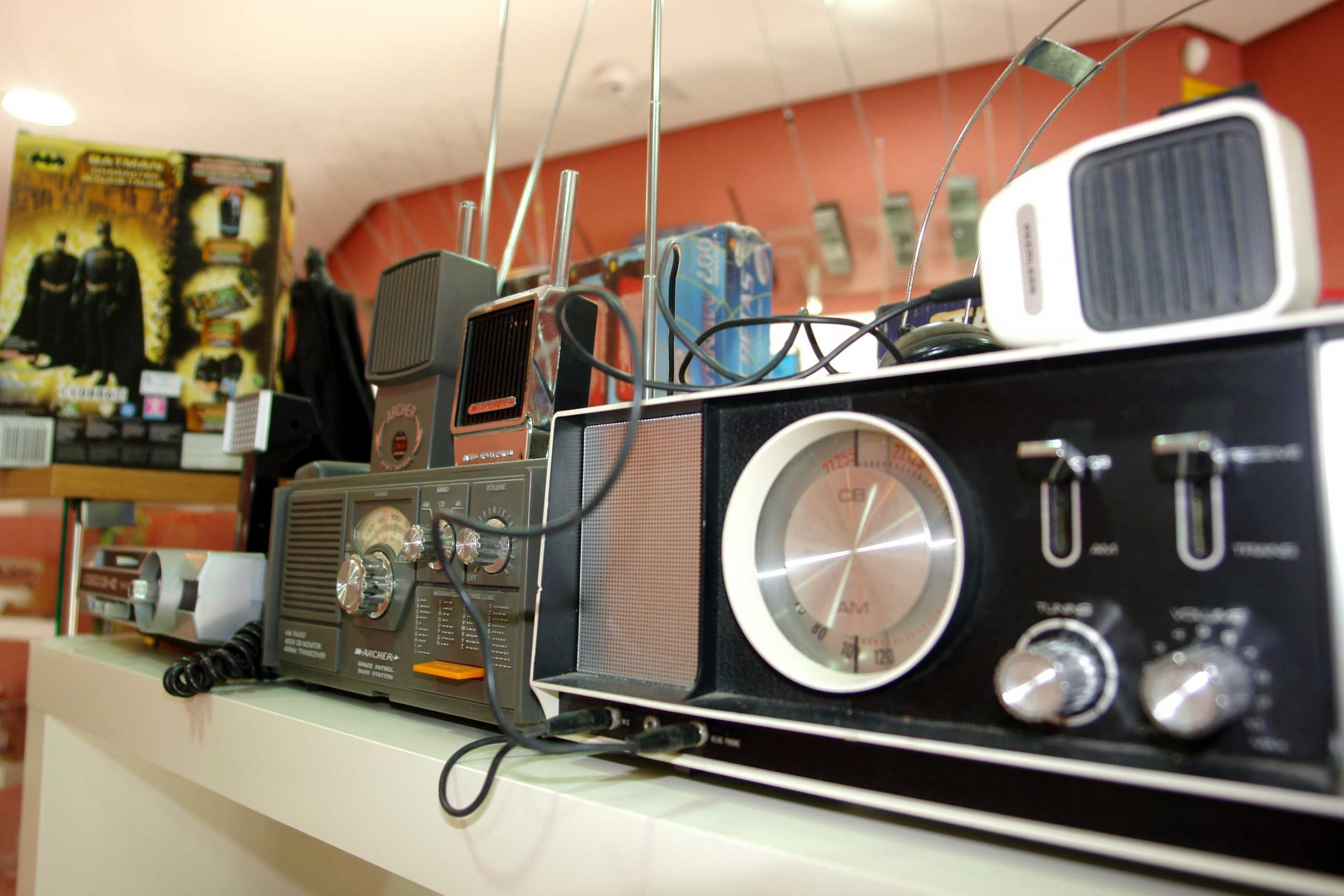
Amateur Radio Museum
When we say that the cultural offer of San Roque is exceptional, we don’t just say it. The CB Museum, located in the Alameda, is literally unique in its kind and is one more reason (as if we were lacking!) to visit our town. It is the only museum in Europe dedicated to the exhibition of CB-27 MHz transmitters and the world of radio amateurs, and entering it means opening up to a fascinating world unknown to many.
Other exhibitions
If, with all the above, our visitor is still hungry for cultural experiences, there is still more! In the Palace of the Governors, which is worth a visit in itself, you can also find three other exhibition halls, one of them, the “Luis Ortega Brú” gallery, dedicated to temporary exhibitions covering a wide range of subjects, from photography to ceramics and historical objects.
On the other hand, in the palace we can find two rooms dedicated to two master painters. The first of these is dedicated to Daniel Castilla Zurita, a painter born in San Roque in 1916, and contains various oil paintings of landscapes and portraits. Among these, the one he painted of Luis Ortega Brú stands out, whose museum can be visited on the ground floor of the Palacio de los Gobernadores, and which perfectly captures his essence. Other works show us his particular sense of colour, with works that leave no one indifferent.
Next we have a room dedicated to José Cruz Herrero, one of the most distinguished Andalusian painters of the last century, born in the neighbouring town of La Línea de la Concepción. With a masterful sense of colour and light, Cruz Herrera dedicated his pictorial work to following the path of the so-called Andalusian orientalist. In this room we can admire different portraits and sketches, which attest to the exceptional nature of this artist.
